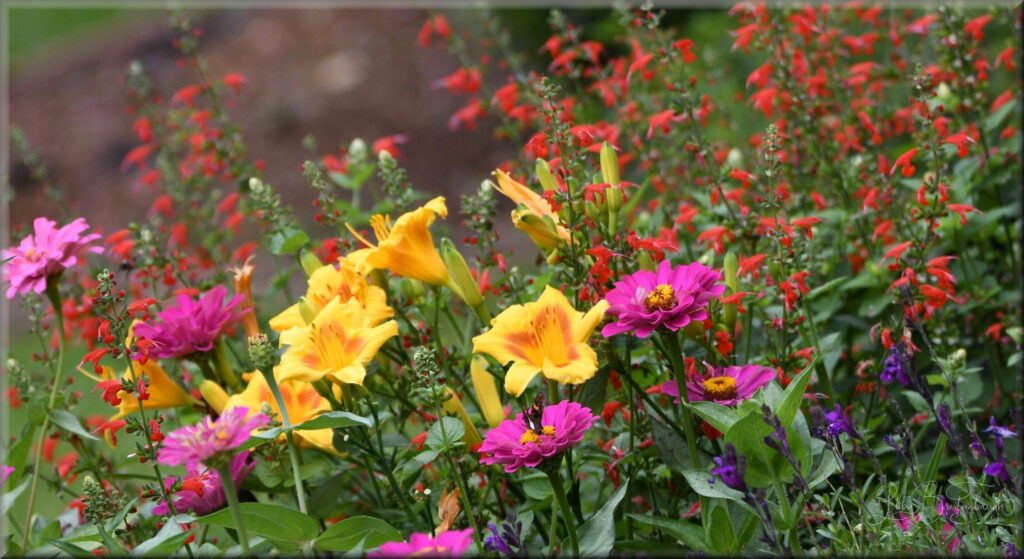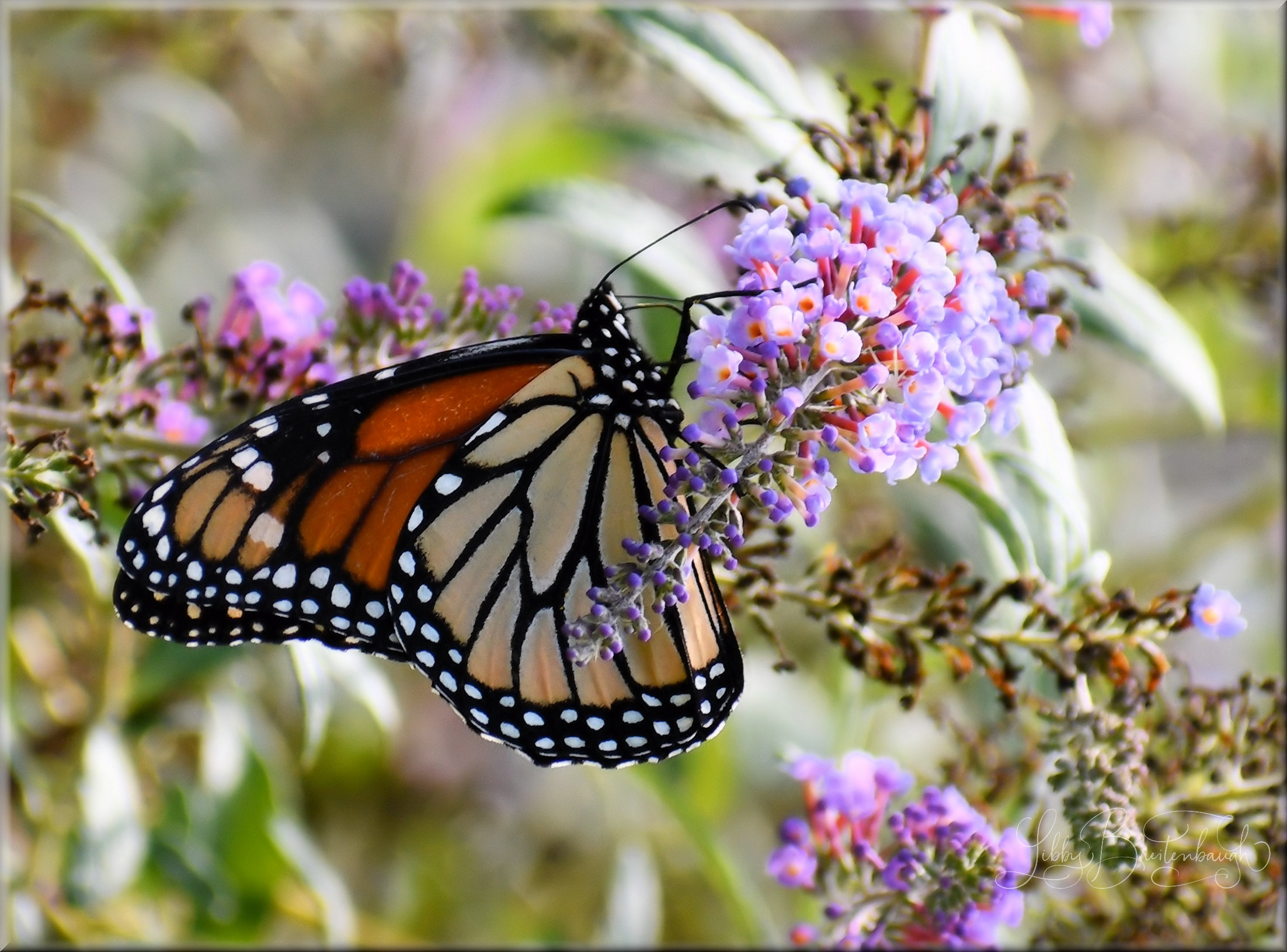
Monarch Butterfly (Danaus plexippus)
Milkweed is the primary host plant for monarch butterflies. It provides essential nectar for adult monarchs and serves as a food source for their caterpillars.
Nectar plants: Black-eyed Susan, Ironweed, Butterfly Milkweed, Eastern Beardtongue, Joe Pye Weed, Blue Mistflower, Swamp Milkweed, Blanket Flower, Blazing Star, Dogwood, Eastern Redbud, Common Buttonbush, and Goldenrod.
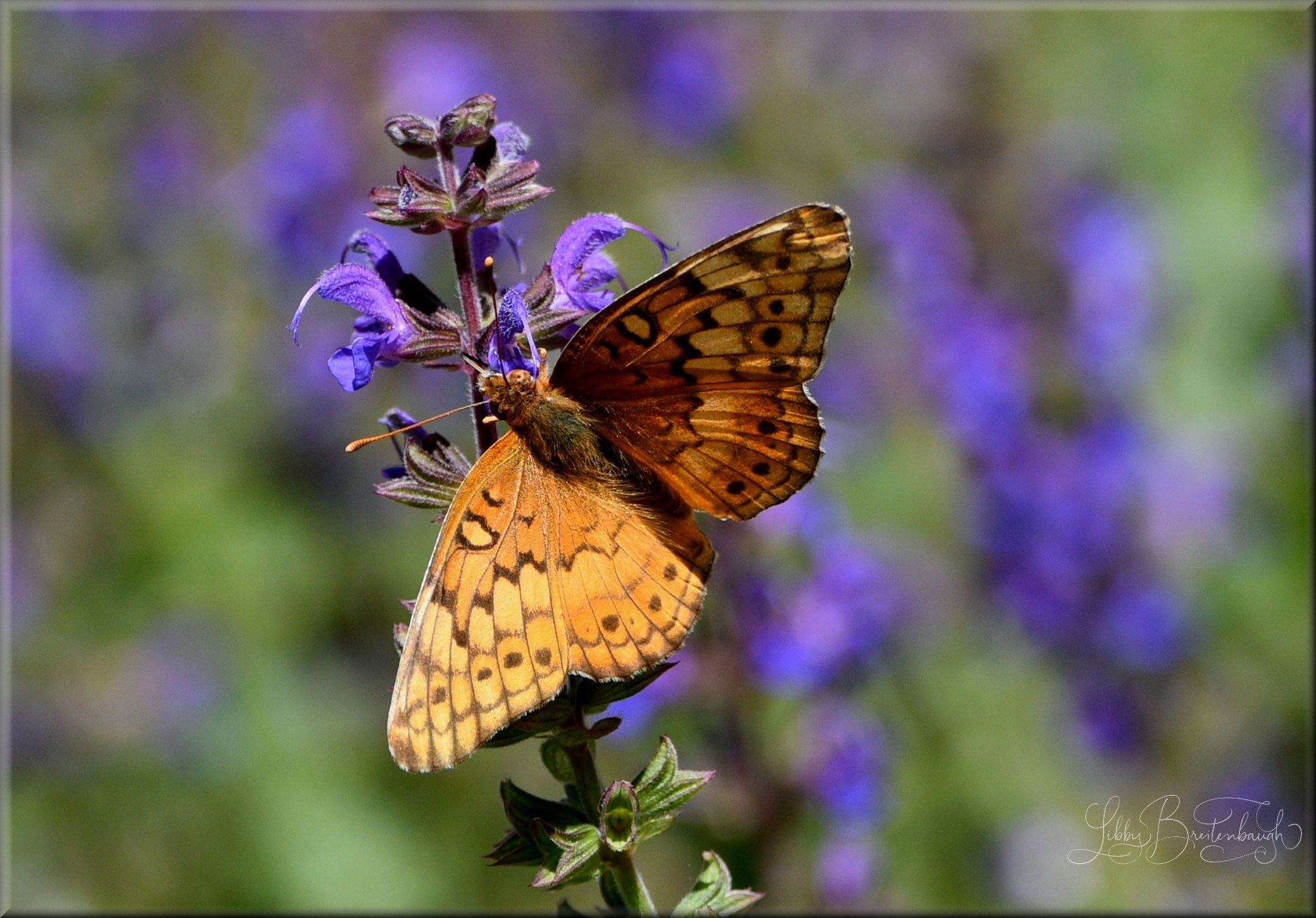
Variegated Fritillary Butterfly (Euptoieta claudia)
The Variegated Fritillary will use a variety of flowers for nectar, such as Zinnias, Milkweed, Butterfly Bush and others. Host plants for the Variegated Fritillary include Passion vines, violets, Pansies, Purslane, Mayapple, and Flax.
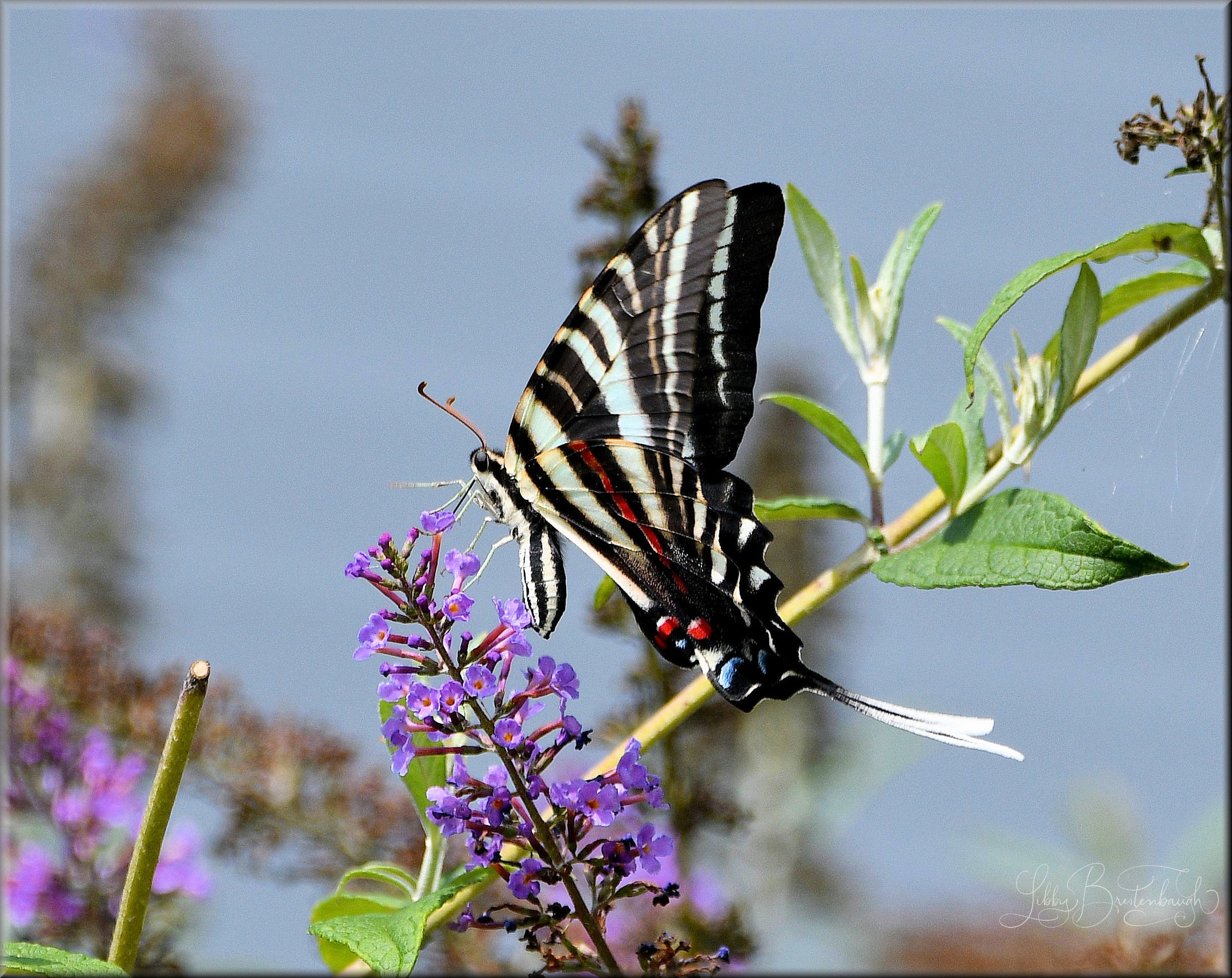
Zebra Swallowtail Butterfly (Eurytides marcellus)
The host plant for the Zebra Swallowtail Butterfly is the Pawpaw tree. Flowers to attract Swallowtails: Zinnia, Lantana, Milkweed, Sunflowers, Butterfly Bush, Bee Balm, Butterfly Weed, Joe Pye Weed, Globe Thistle, Sages, Verbena.
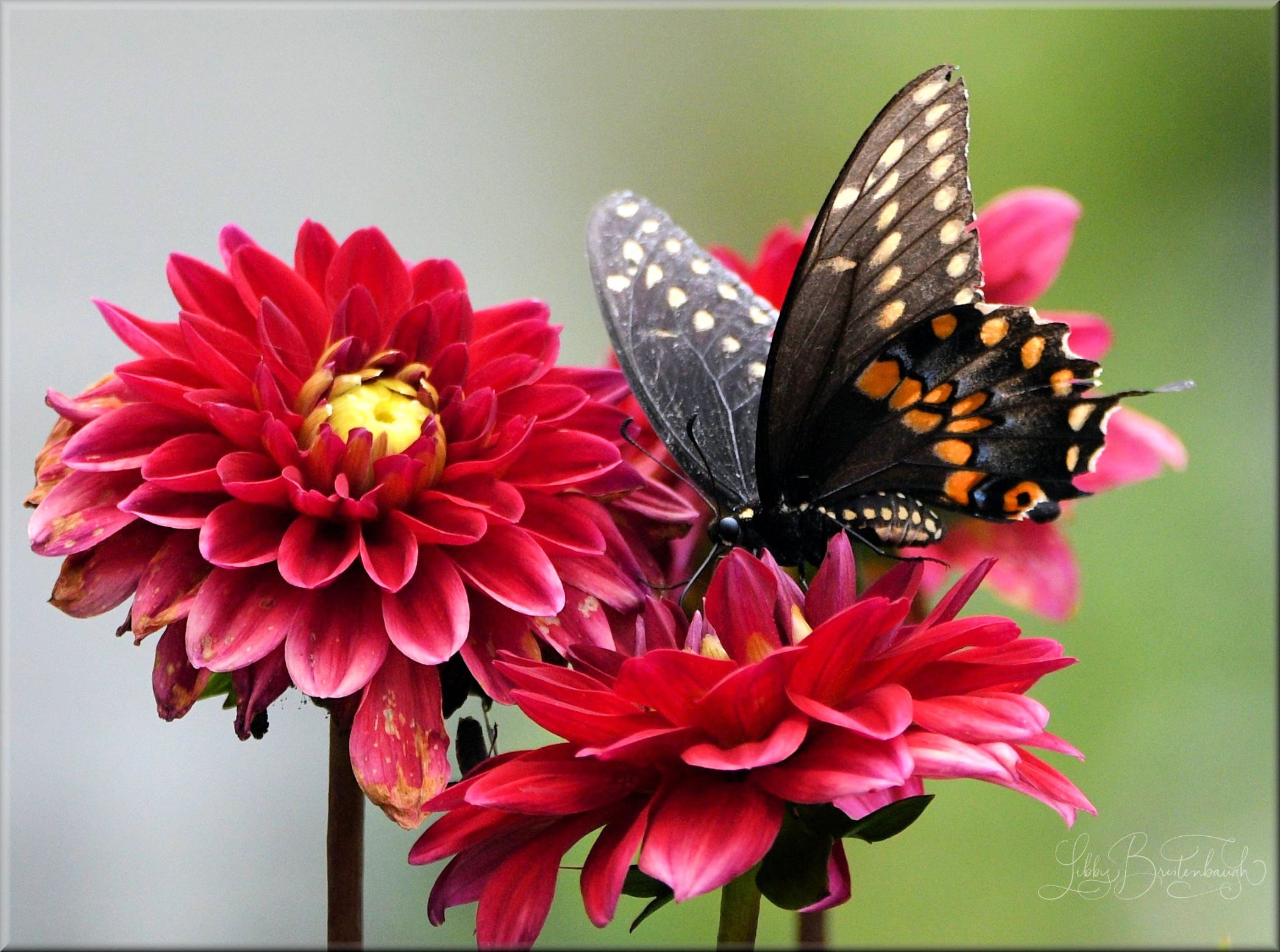
Black Swallowtail Female Butterfly (Papilio polyxenes)
Common Black swallowtail host plants include -Dill, Parsley, Golden Alexander, Fennel, Rue, Queen Anne’s Lace, and Carrots.
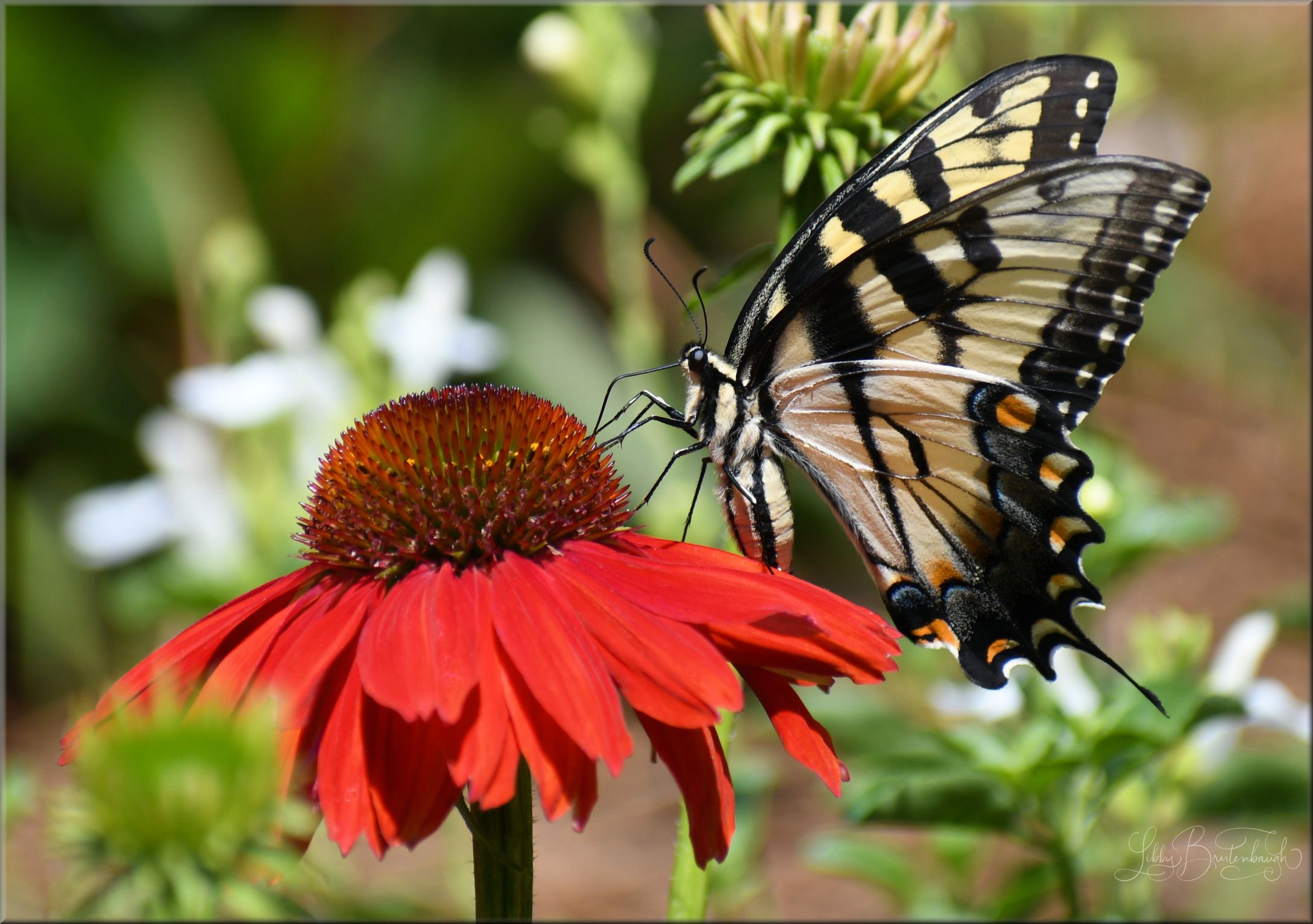
Eastern Tiger Swallowtail Butterfly (Papilio glaucus)
Tiger Swallowtails have a variety of host plants. Here are the common Tiger Swallowtail host plants: Ash trees, Tulip trees/Tulip poplars, Cottonwoods, Willows, Wild Black Cherry trees, Birch trees and Sycamore.
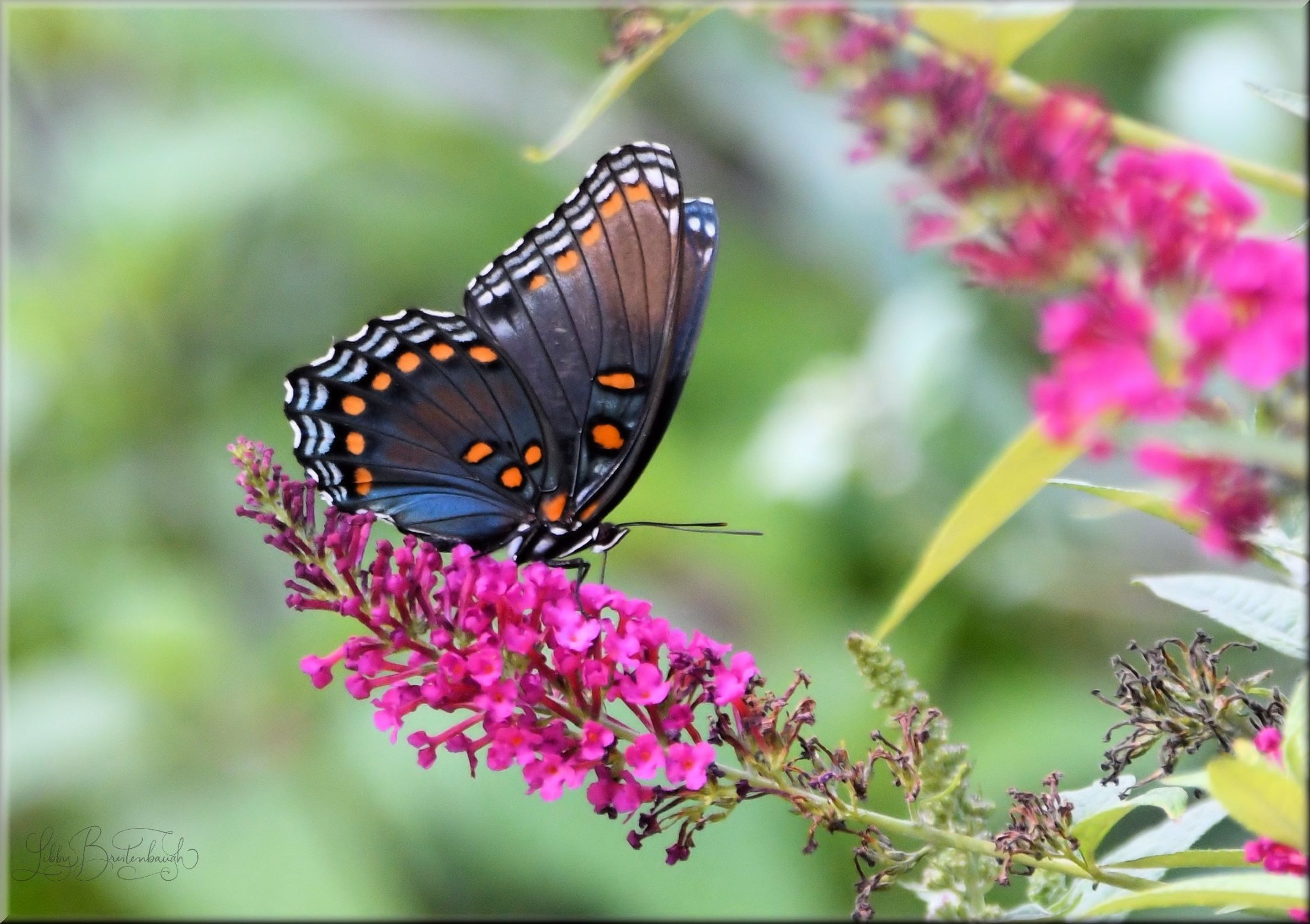
Red-spotted Purple Butterfly (Limenitis arthemis)
Host plants for Red-Spotted Purple Butterfly: Cottonwood, Wild cherry, Willows, Aspens, Poplars, Black oaks, Hawthorn, Serviceberry and Basswood.
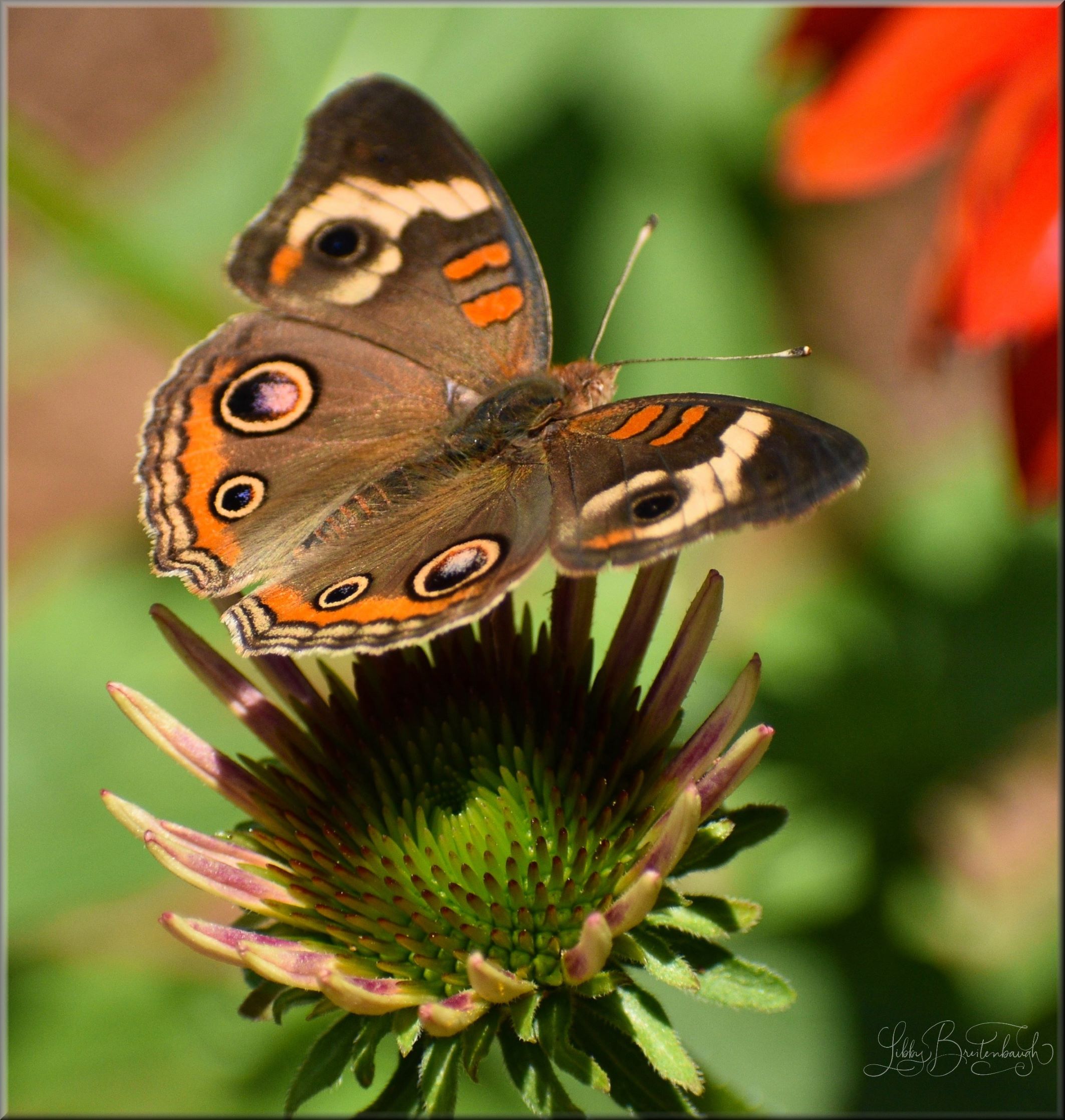
Common Buckeye Butterfly (Junonia coenia)
The favorite host plants of the Buckeye include snapdragon, gerardia, false foxglove, monkey flowers, ruellia, Narrowleaf Plantain, Toadflax , Verbena, Mexican Petunia, Tickseed, Sunflower, Chicory, Dogbane, Aster, and Snapdragon.
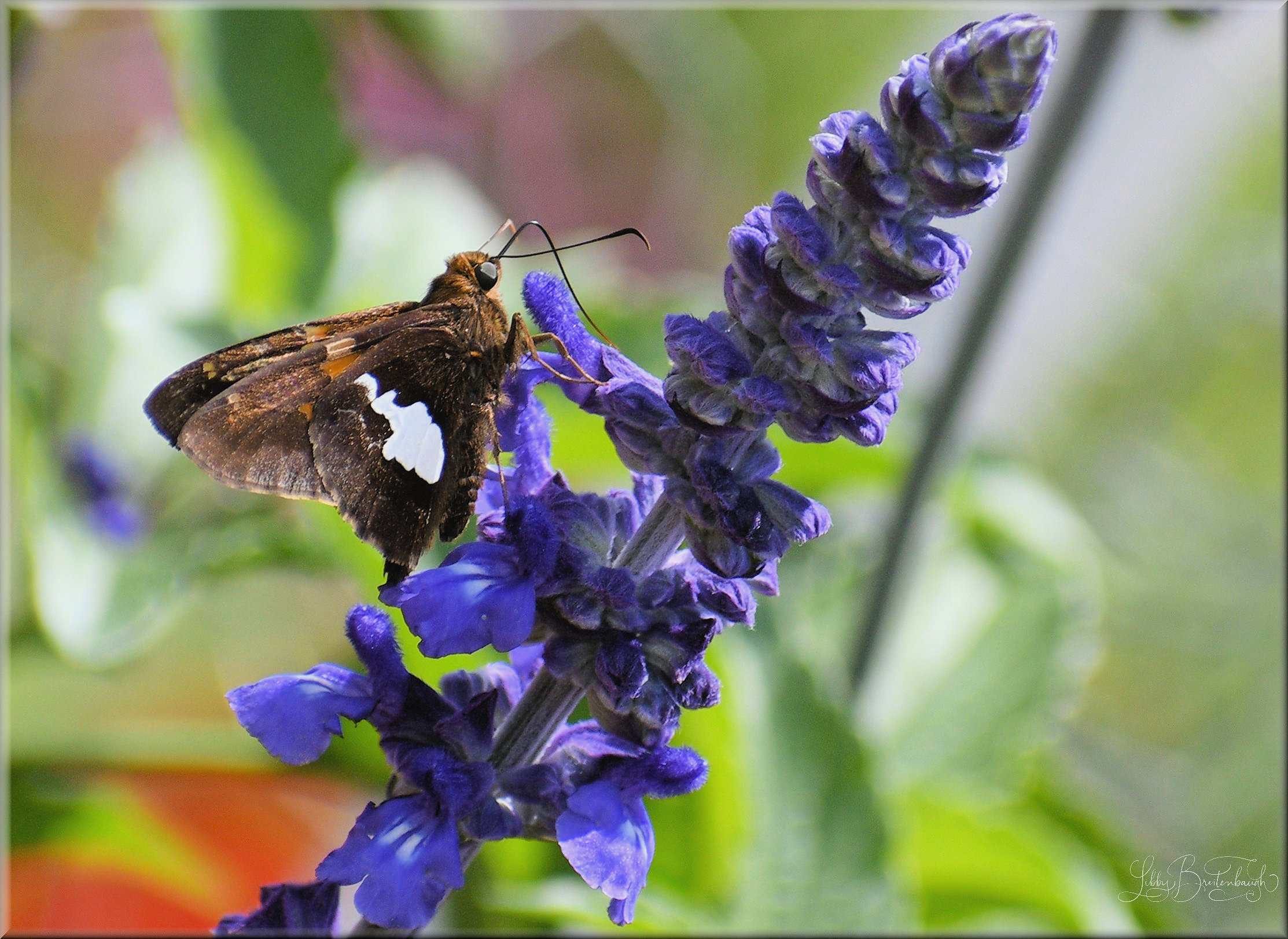
Silver-spotted Skipper Butterfly (Epargyreus clarus)
The Silver-spotted Skipper butterfly is a common butterfly species found in most of the continental US and southern Canada. The larvae of this butterfly feed on the leaves of black locust, false indigo, American wisteria, and honey locust. If you want to attract more Silver-potted Skippers to your garden, consider planting common milkweed, blazing star, and thistles.
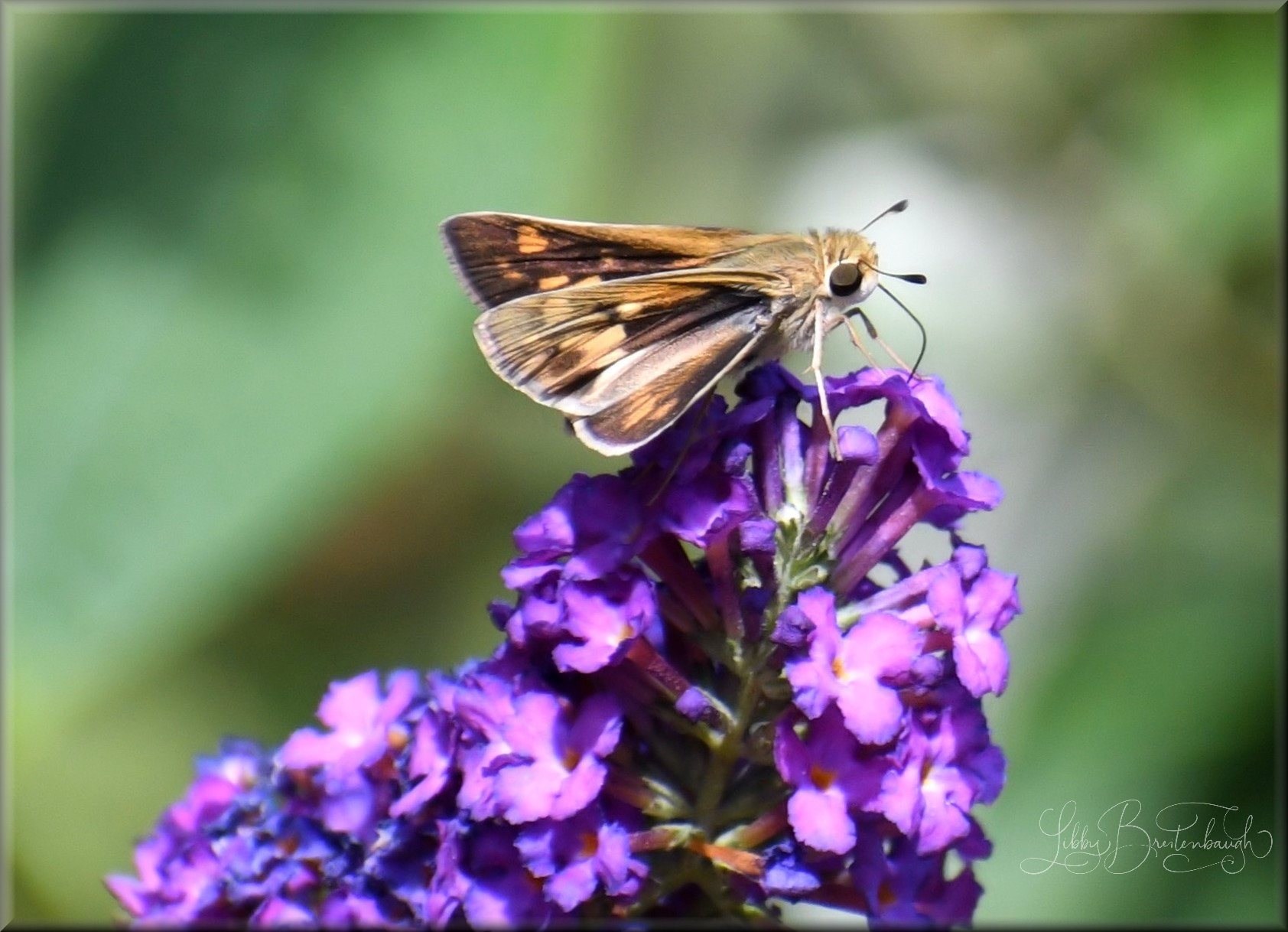
Fiery Skipper Butterfly (Hylephila phyleus)
Fiery skippers’ host plants are grasses such as: Bermuda grass (Cynodon dactylon), Crabgrass (Digitaria), St. Augustine grass (Stenotaphrum secundatum), Bentgrass (Agrostis), Sugarcane (Saccharum officinarum), Dallisgrass (Paspalum dilatatum), Broadleaf carpetgrass (Axponopus compressus).
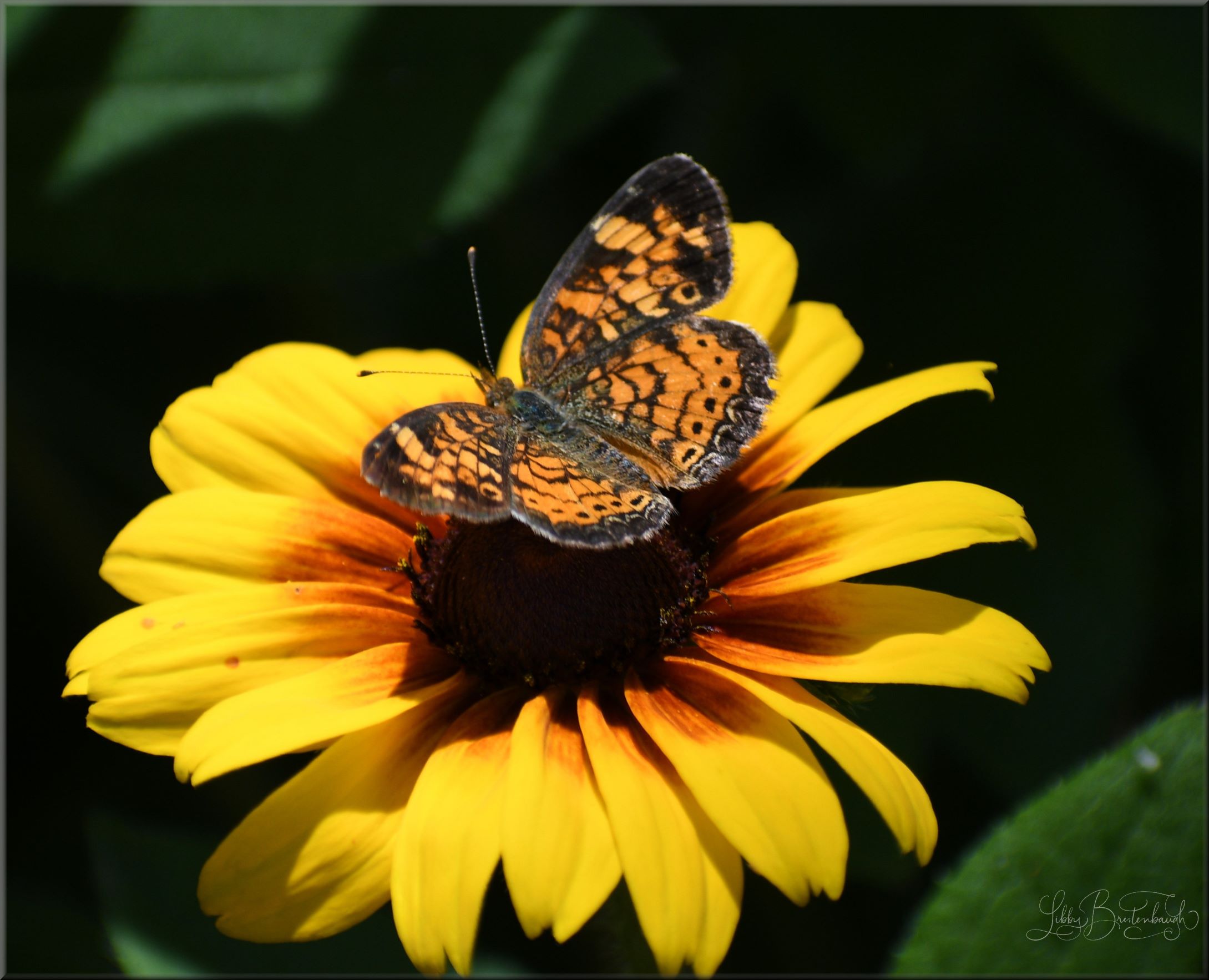
Pearl Crescent Butterfly (Phyciodes tharos)
The Pearl Crescent Butterfly is a beautiful orange butterfly with black borders and a complex pattern of black lines and spots. It can be found in open fields, roadsides, and urban landscapes. The larvae of the Pearl Crescent Butterfly feed on smooth-leaved plants, such as true asters, including New England aster, calico aster, purple-stemmed aster, panicled aster, and smooth aster. Asters are the host plants for the Pearl Crescent caterpillar.
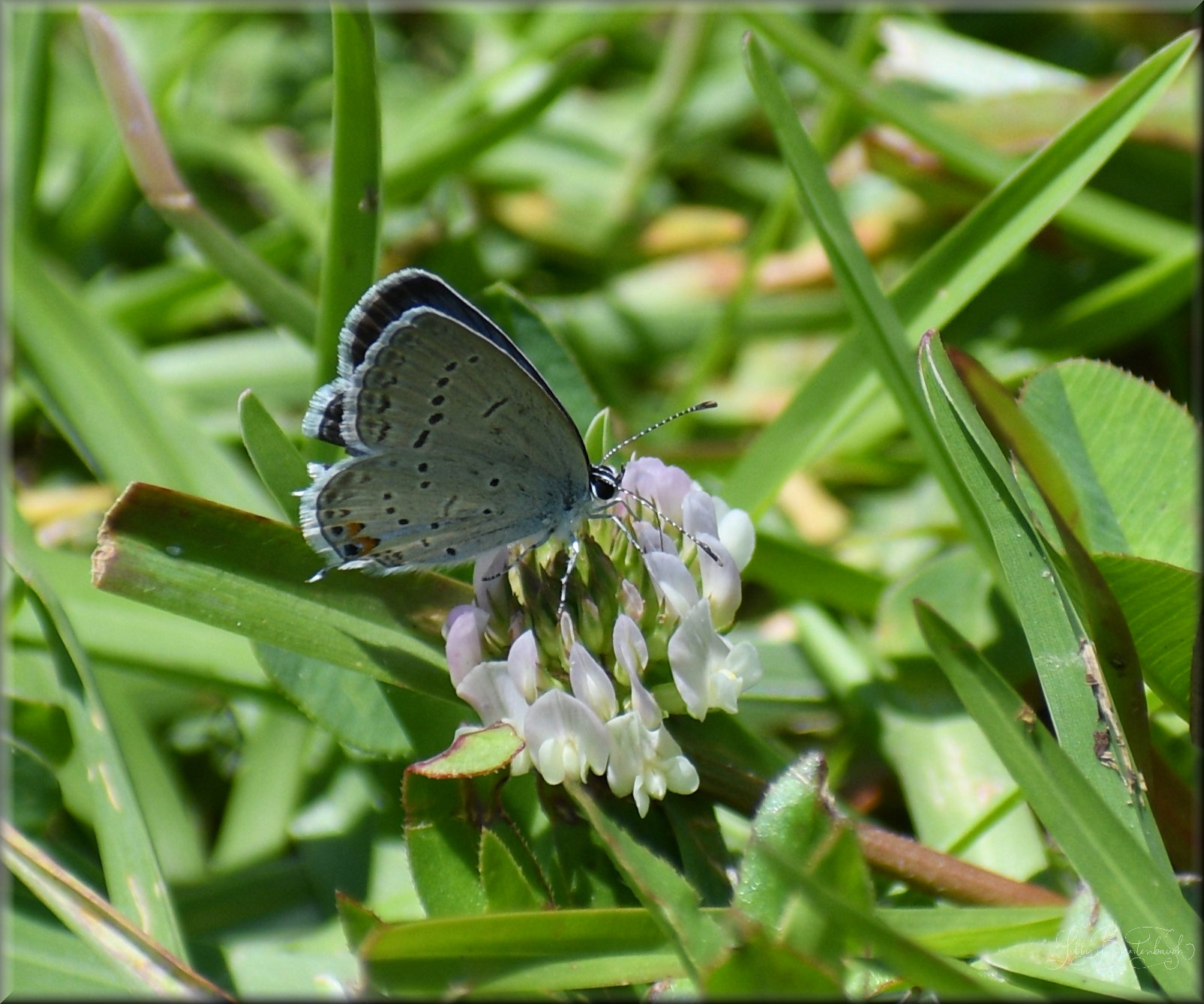
Eastern Tailed-blue Butterfly (Phyciodes tharos)
Host plant for the Eastern Tailed-blue Butterfly: Wild pea, alfalfa, legumes, especially clover, and trefoils. One of the smallest butterflies on the list and belongs to the family Lycaenidae.
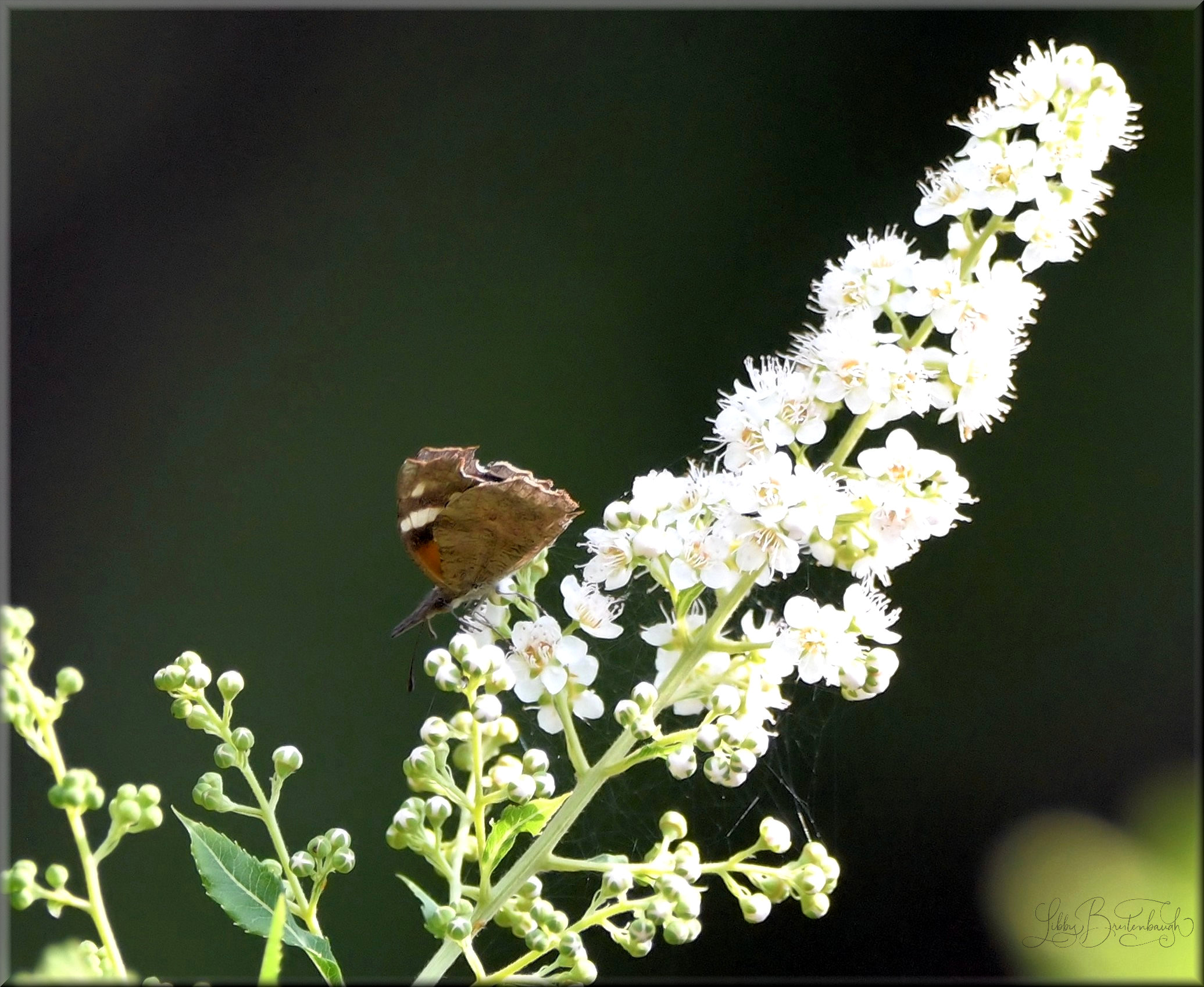
American Snout Butterfly (Libytheana carinenta)
The American Snout butterfly is a member of the brush-footed butterfly family, Nymphalidae, and is found in both North and South America. The larval host plants for this species are Celtis species on which the eggs are laid singly. Plants that serve as the primary hosts for American Snout Butterfly are Sugar Hackberry, Netleaf Hackberry, and Spiny Hackberry
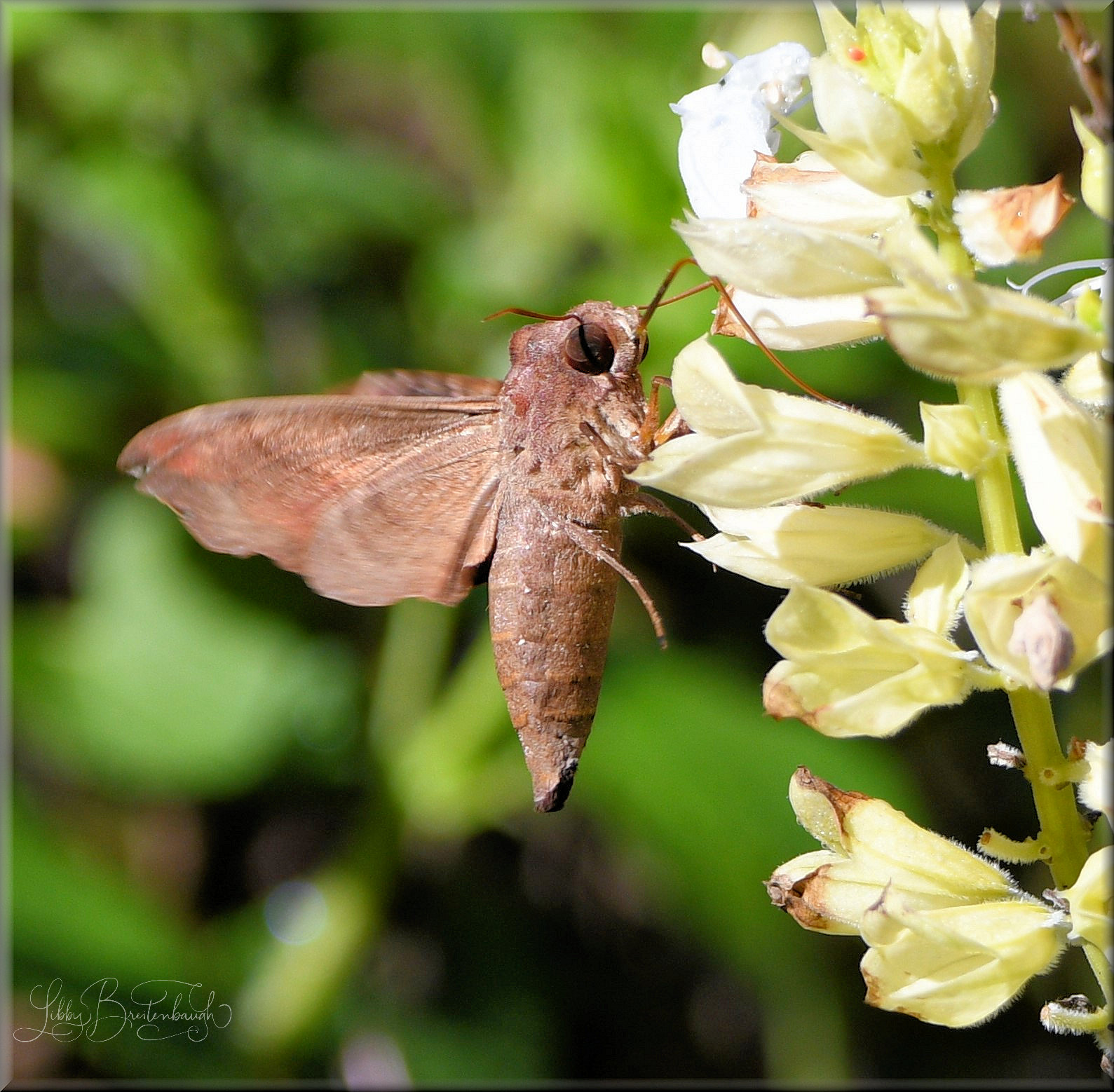
Mournful Sphinx Moth (Enyo lugubris)
The host plants for the Mournful Sphinx Moth: Vitis, Ampelopsis, Capsicum, Grapevine, Honeysuckle, Poplar, Snowberry, Virginia creeper, Bald cypress, oaks, hackberry, willow, maple, and birch trees, Basil, sage, and other members of the mint family.
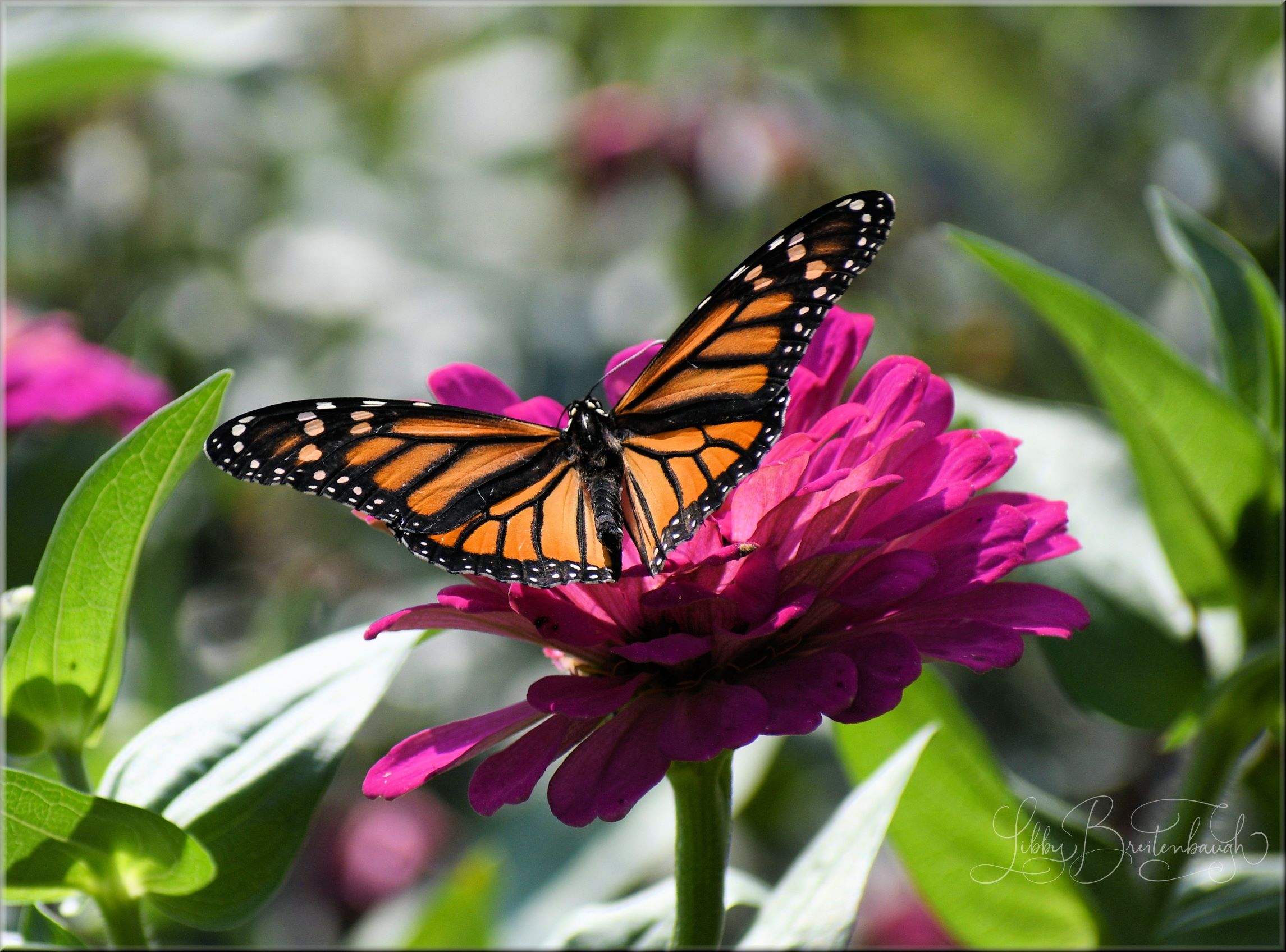
Monarch Butterfly (Danaus plexippus)
The Monarch Butterfly nectar plants are Butterfly Bush, Cosmos, Zinnia, Lantana, Black-eyed Susan, Ironweed, Butterfly Milkweed, Eastern Beardtongue, Joe Pye Weed, Blue Mistflower, Swamp Milkweed, Blanket Flower, Blazing Star, Dogwood, Eastern Redbud, Common Buttonbush, and Goldenrod. Host plant is Milkweed.
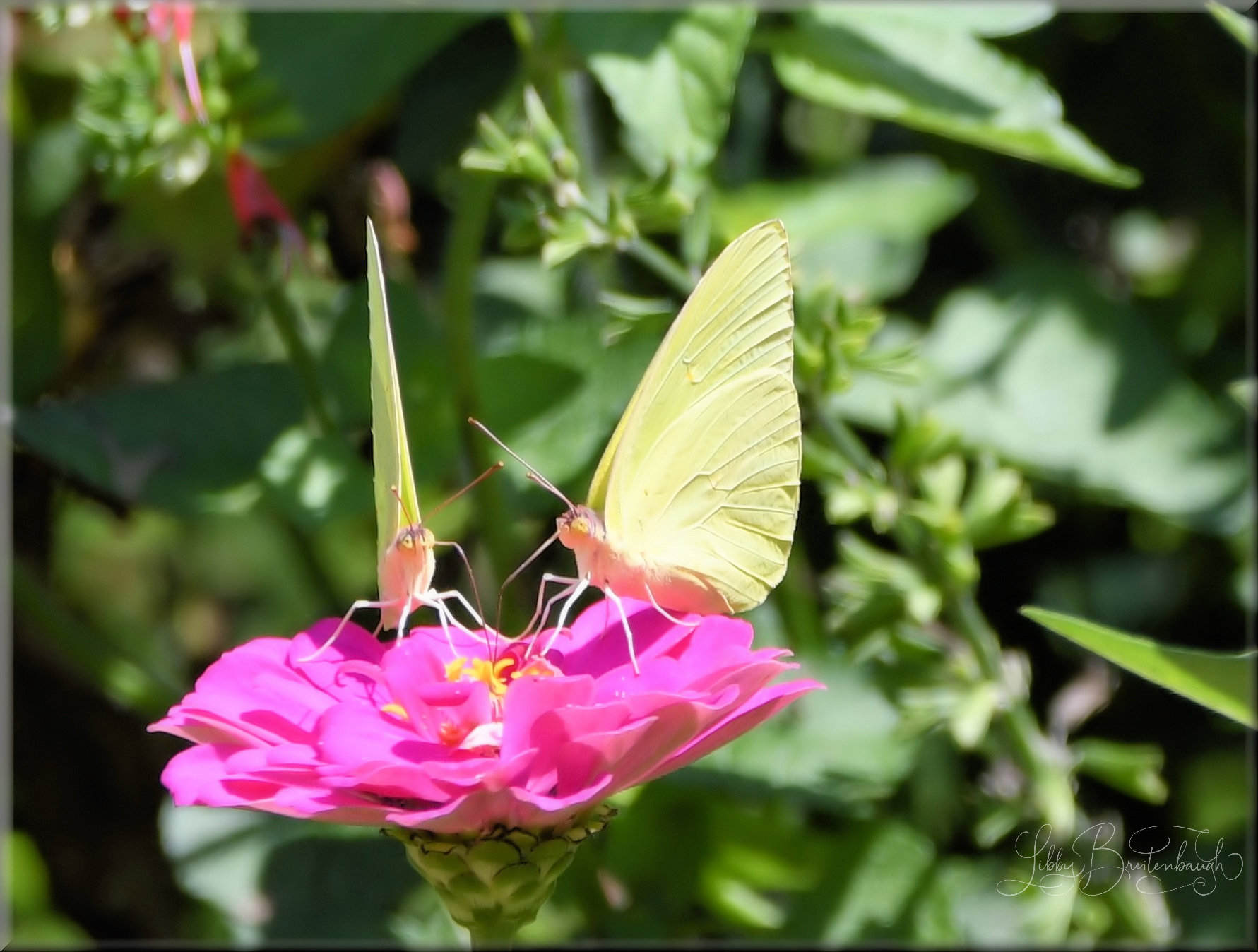
Cloudless-Sulphur Butterfly (Phoebis sennae)
The Cloudless Sulphur butterfly is a large yellow butterfly that feeds on plants in the pea family. Some of its host plants are sennas, partridge pea, and clovers. It is most common in the eastern and southern United States, but it may stray to the north.

Clearwing Hummingbird Moth (Hemaris diffinis)
The host plants for the Clearwing Hummingbird Moth: Honeysuckle (Lonicera), Snowberry (Symphoricarpos),Hawthorns (Crataegus),Cherries and Plums (Prunus),Viburnums, and Dogbane.
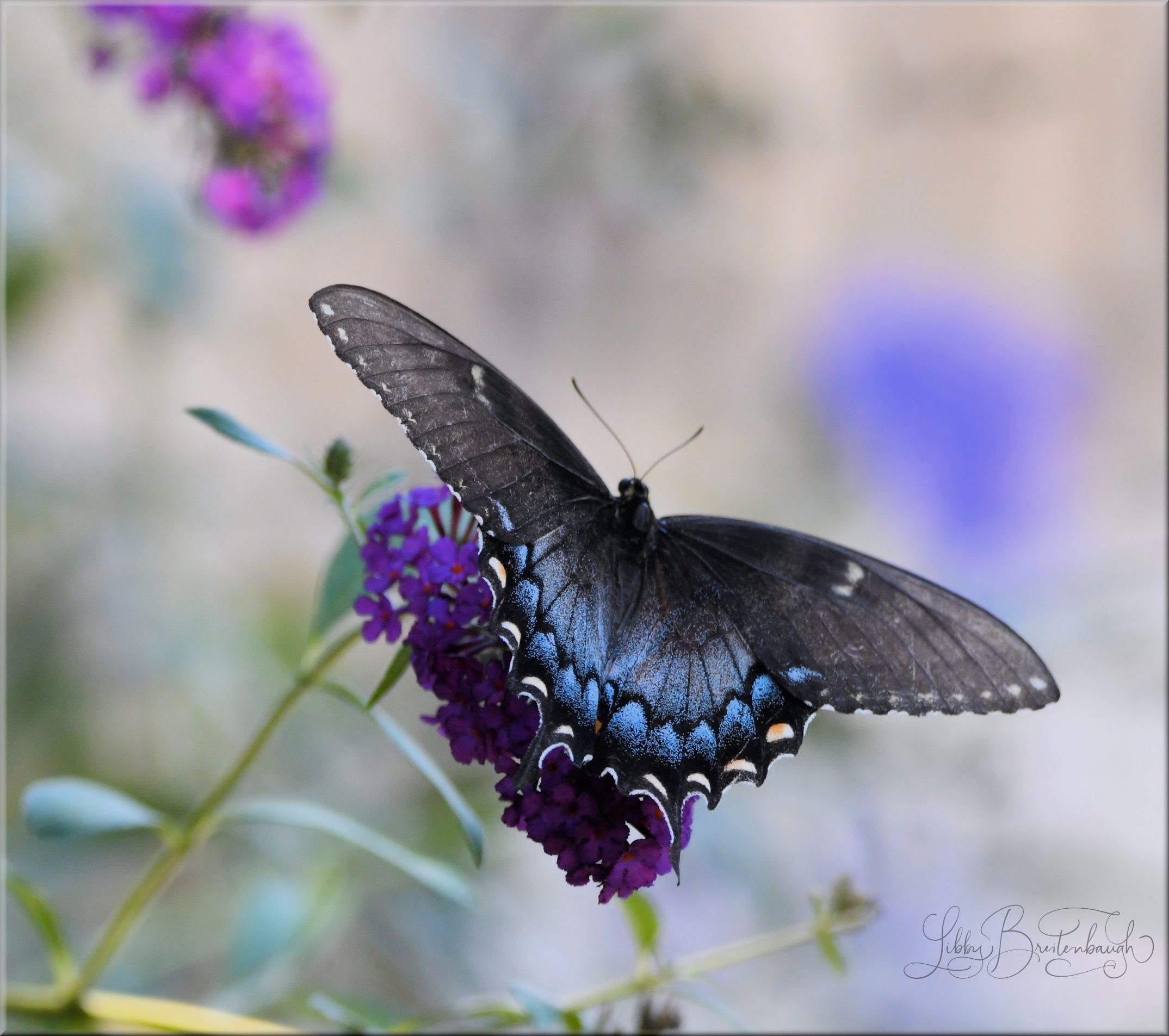
Eastern Tiger Swallowtail Dark Form (Papilio glaucus)
Host plants for the Eastern Tiger Swallowtail: Wild cherry, Tulip tree or tulip poplar, Cottonwood, Willow, White ash, Birch, Sweet Bay Magnolia,
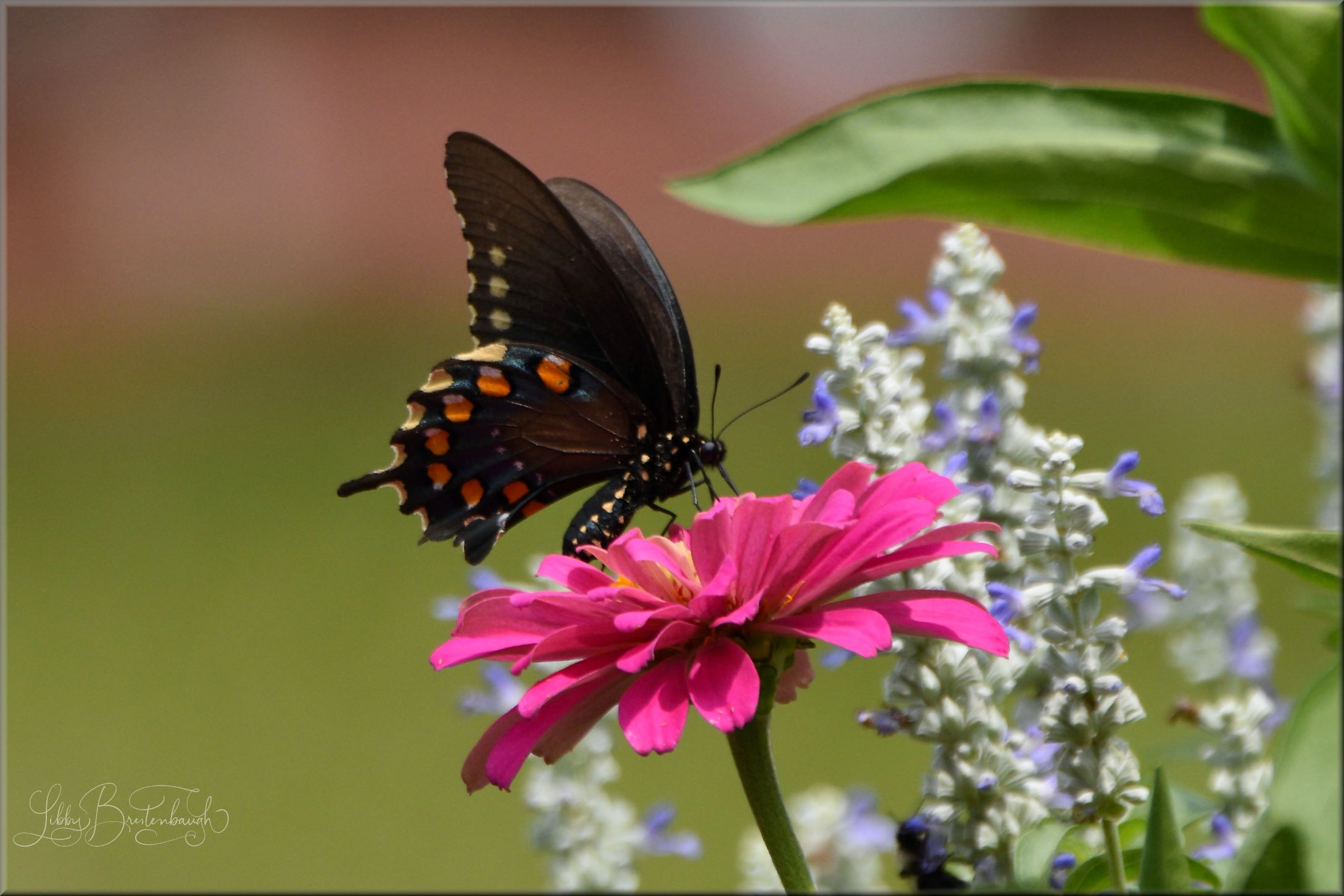
Pipevine Swallowtail (Battus philenor)
Host plants for the Pipevine: Dutchman’s Pipe Vine. Pipevine swallowtails nectar on many flowers. Some of their favorites are Purple thistle (Cirsium horridulum), Swamp milkweed (Asclepias incarnata), Giant ironweed (Vernonia gigantea) and Wild blue phlox (Phlox divaricata).
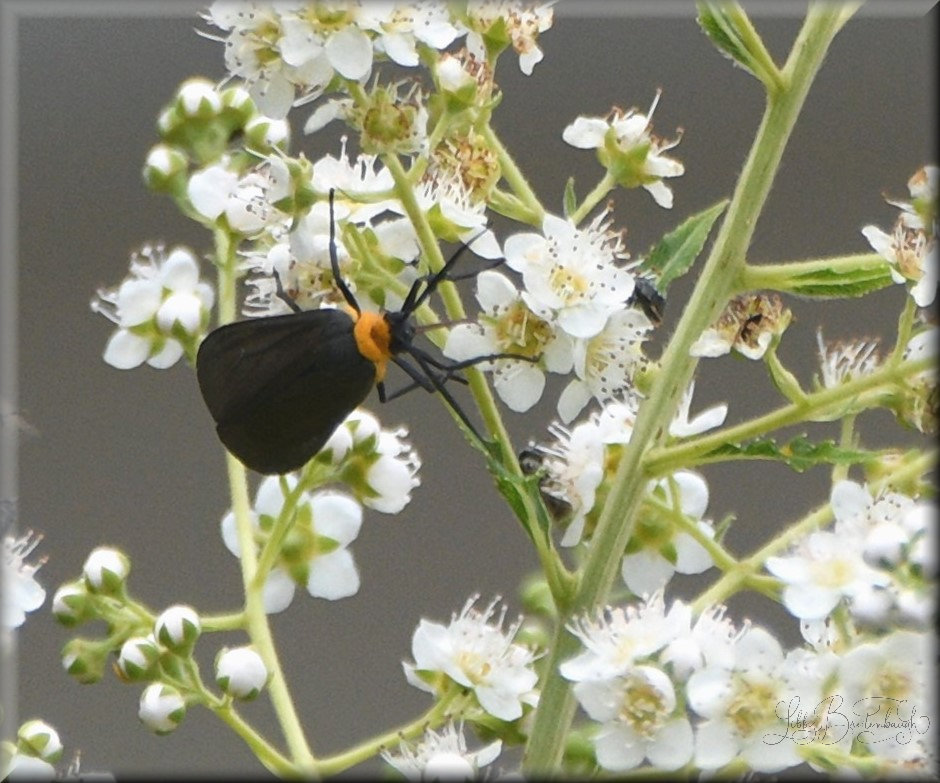
Yellow-Collared Scape Moth (Cisseps fulvicollis)
Though the name suggests yellow, the collar of the Yellow-collared Scape Moth is actually more orange in color. The jet-black wings are opaque and may reflect shades of blue in sunlight. Adult Yellow-collared Scape Moths drink nectar from flowers like goldenrod, asters, milkweed, and blazing star. They visit a variety of flowers in a single day making them a great pollinator. Caterpillars eat grass, sedge, rushes, and lichens.
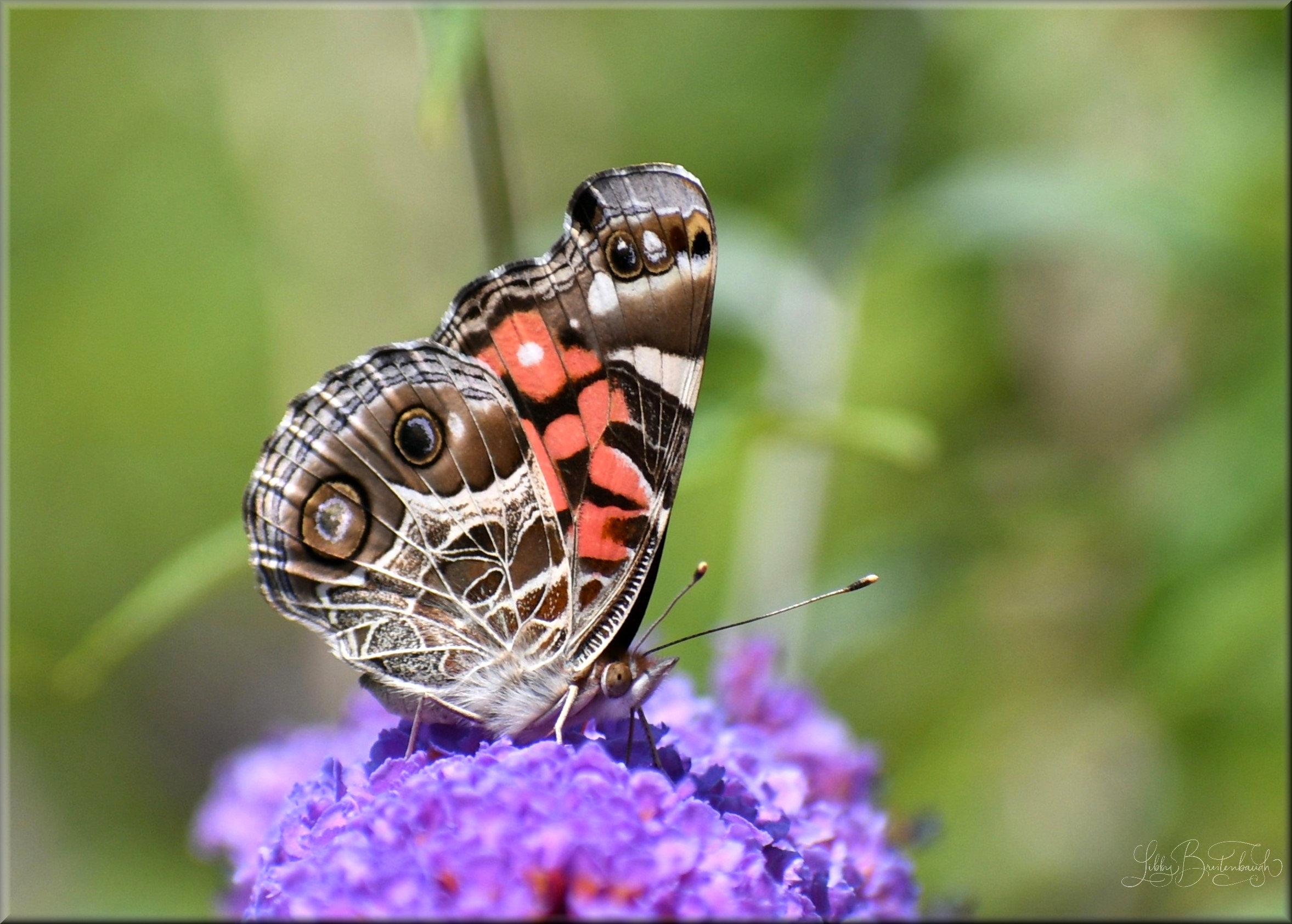
American Lady Butterfly (Vanessa virginiensis)
The American lady butterfly is a beautiful butterfly species that is commonly found in North America, including South Carolina. Adult butterflies eat the tree sap, decaying fruit, and the nectar of the following plants: Black Eyed Susans, Butterfly Milkweed, Joe Pye Weed, Asters, Everlasting or Cudweed herbs and their close relatives in the aster family.
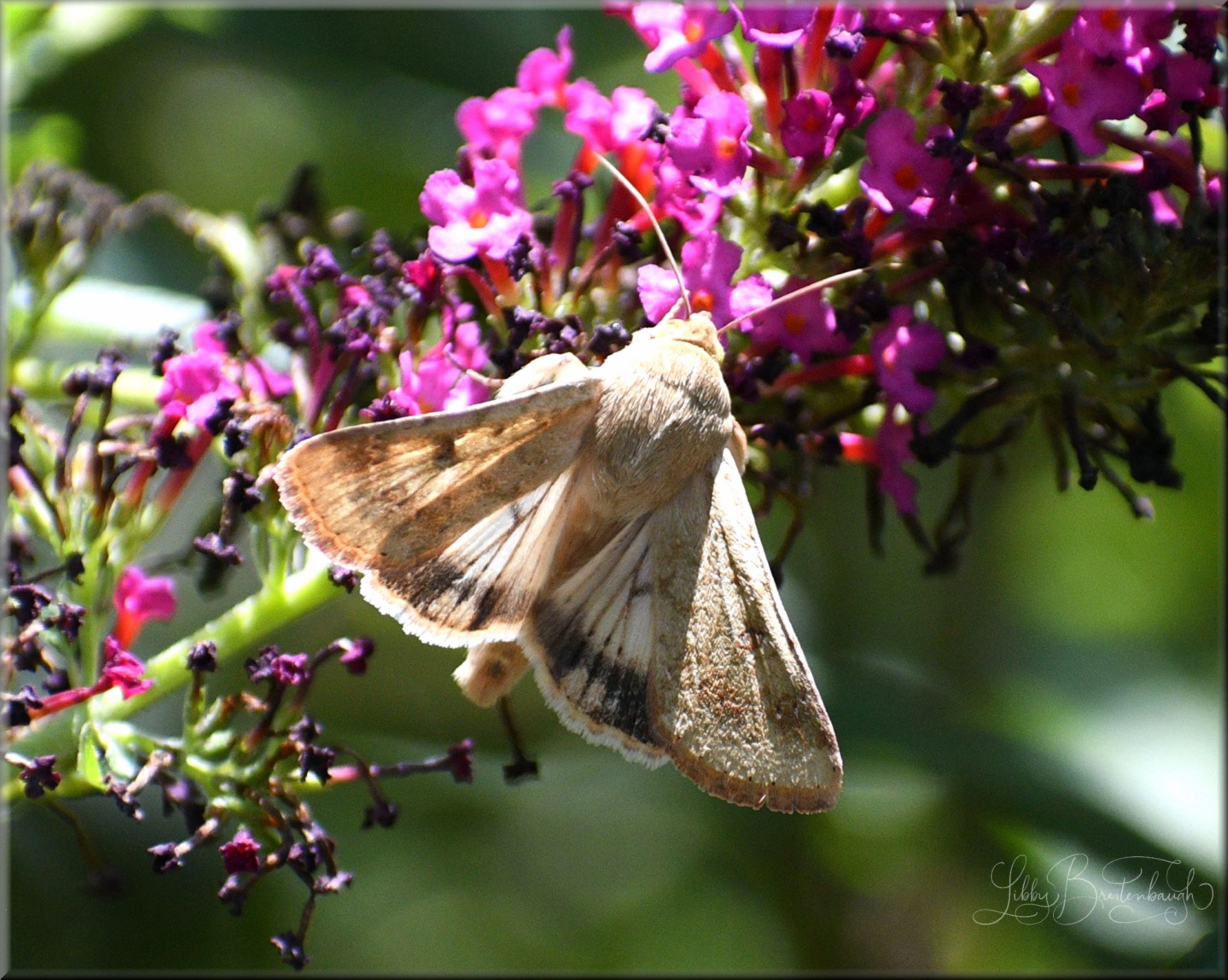
Corn Earworm Moth (Helicoverpa zea)
The Corn Earworm Moth has a wide host range, attacking vegetables that include corn, tomato, artichoke, asparagus, cabbage, cantaloupe, collards, cowpea, cucumber, eggplant, lima bean, melons, okra, peppers, spinach, and sweet potato.
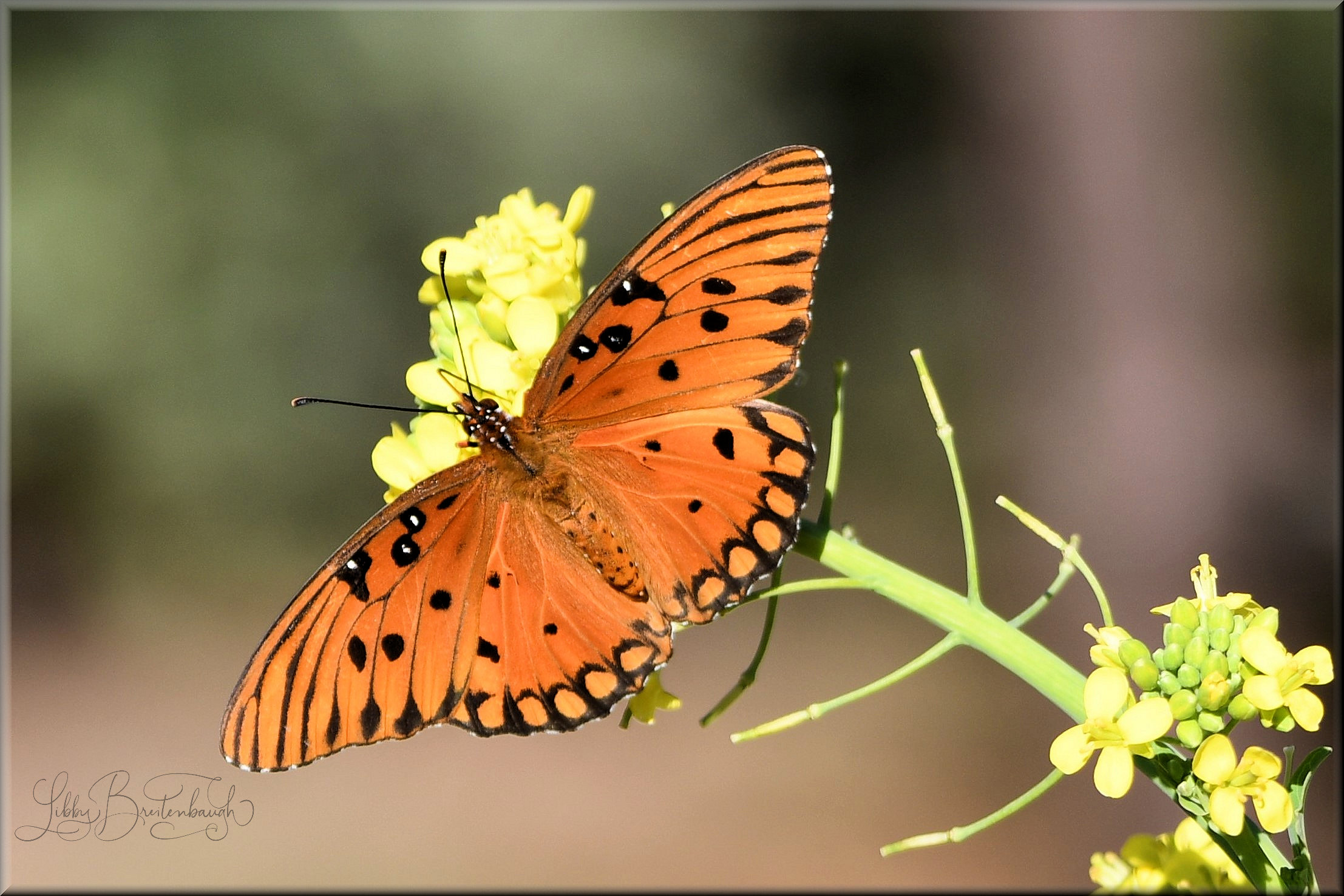
Gulf Fritillary Butterfly (Agraulis vanilla)
If you’re looking to attract Gulf Fritillary Butterflies to your garden, consider planting some of their favorite host plants such as Passion Vine and Passion Flower. Other nectar plants that Gulf Fritillaries enjoy include Lantana, Zinnia, Aster, and Verbena
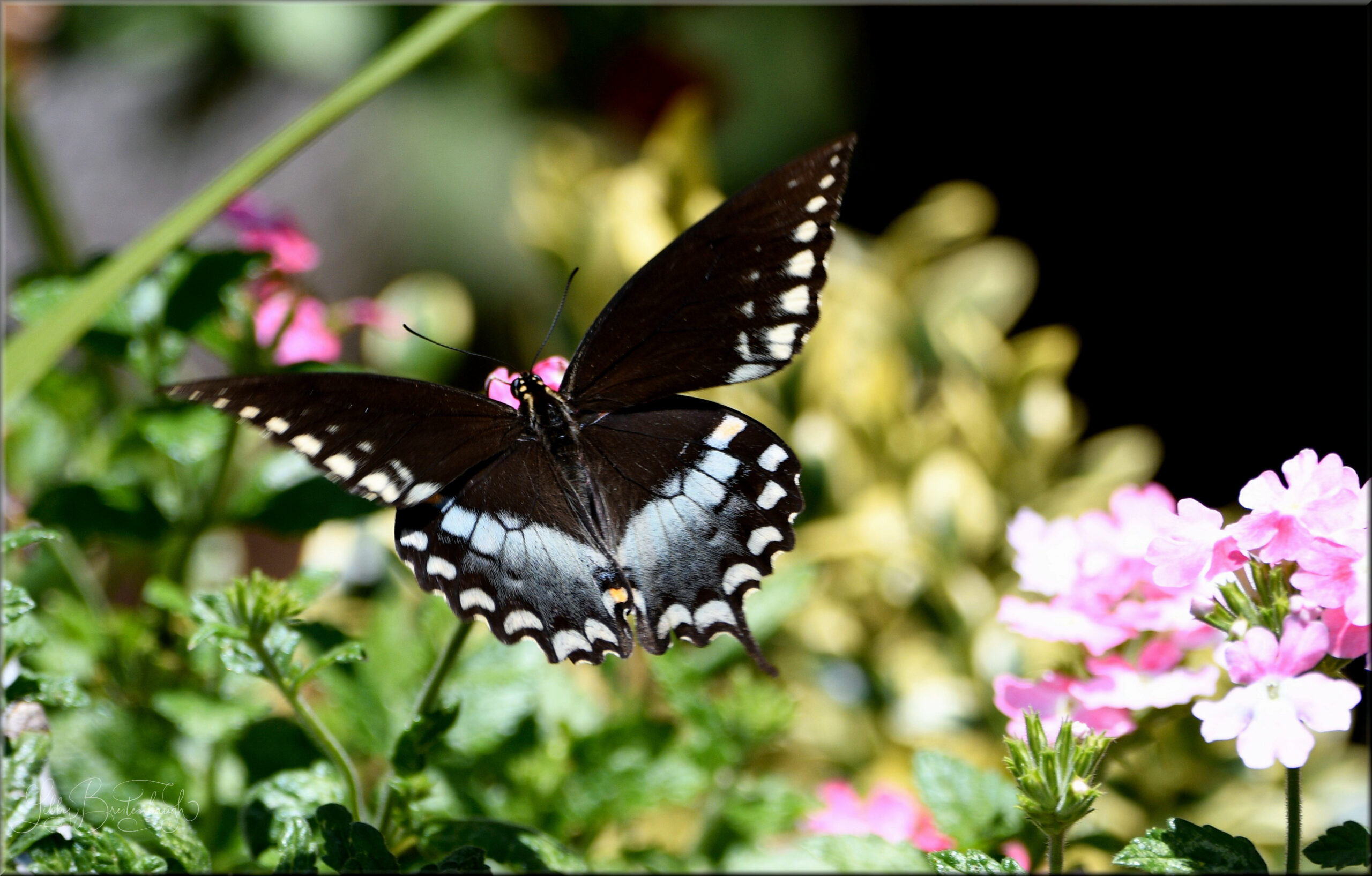
Spicebush Swallowtail Butterfly (Papilio Troilus)
The Spicebush Swallowtail host plants include: Spicebush, White Sassafras, Tulip tree, Camphor trees, Red Bay and Sweet Bay. Adult Spicebush Swallowtails feed on nectar from a variety of flowers, including milkweed, Japanese honeysuckle, jewelweed, thistles, azalea, dogbane, lantana, mimosa, and sweet pepperbush. Nectar provides them with energy for flying, mating, and laying eggs.
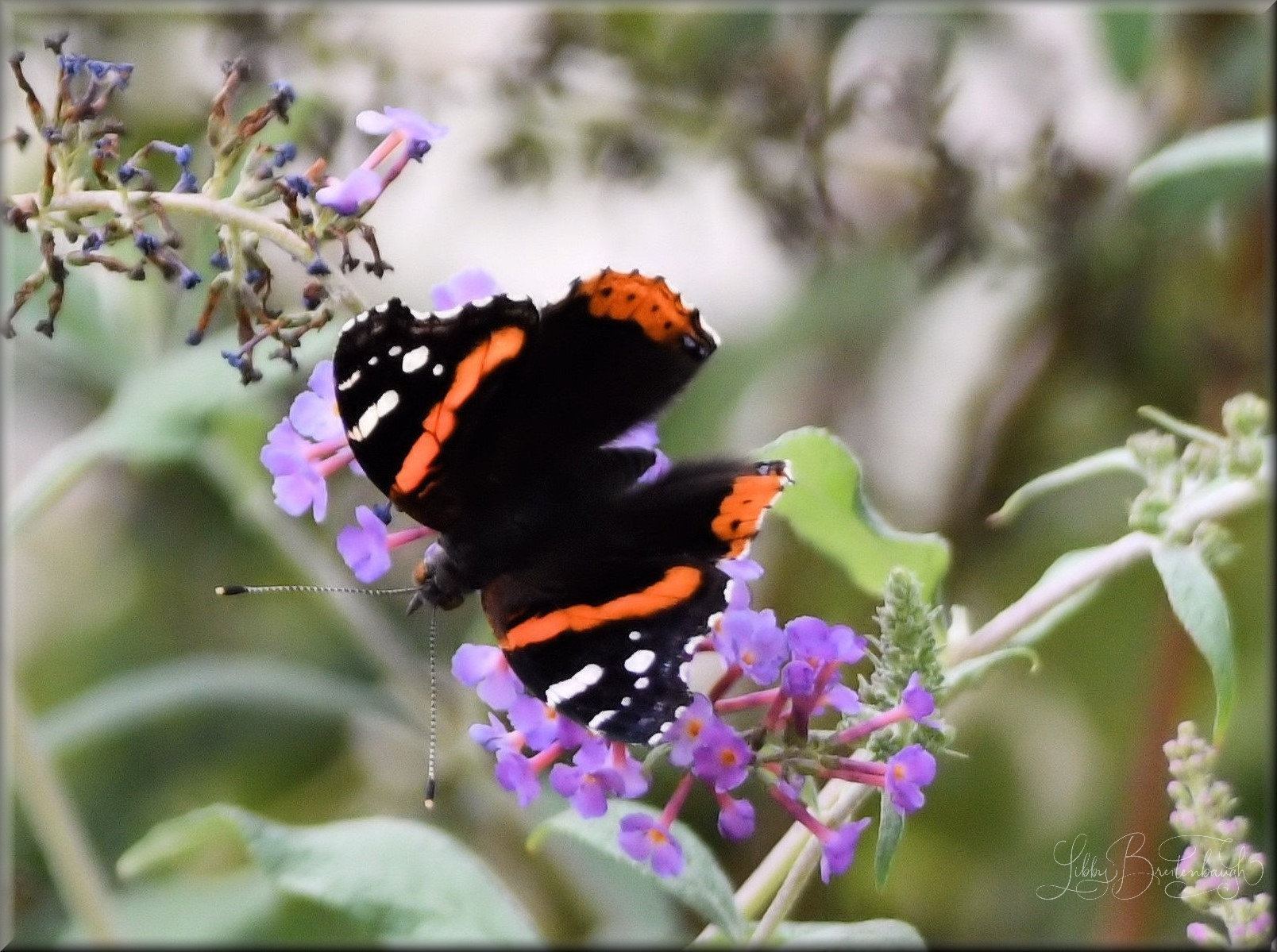
Red Admiral Butterfly (Vanessa atalanta)
Host plants: Stinging nettle, False nettle, as well as plants belonging to the Cannabaceae, and Compositae family. Adult Diet: Sap oozing from trees, bird droppings, fermenting fruits, as well as nectar of flowering plants like milkweed, aster, red clove, and alfalfa.
BUtterfly garden
Host and Nectar plants in my garden-
Anise, Agastache, Coral Honeysuckle, Common Milkweed, Cosmos, Black-eyed Susan, Passion Vine, Verbena, Echinacea, Milkweed, Swamp Milkweed, Goldenrod, Hyssop, Zinnias, Common Yarrow, Penstemon, Sedum, Florida Anise, English Lavendar, Scabiosa, Marigolds, Dill, Parsley, Fennel, Carrot tops, Joe Pye Weed, Iron weed, Tick-seed, Pentas, Aster, Blazing Star, Annual Phlox, Mexican Sunflower, Verbena, Butterfly Bush, Lantana, Queen Anne’s Lace, Coneflowers, Salvia, and Bee balm.
